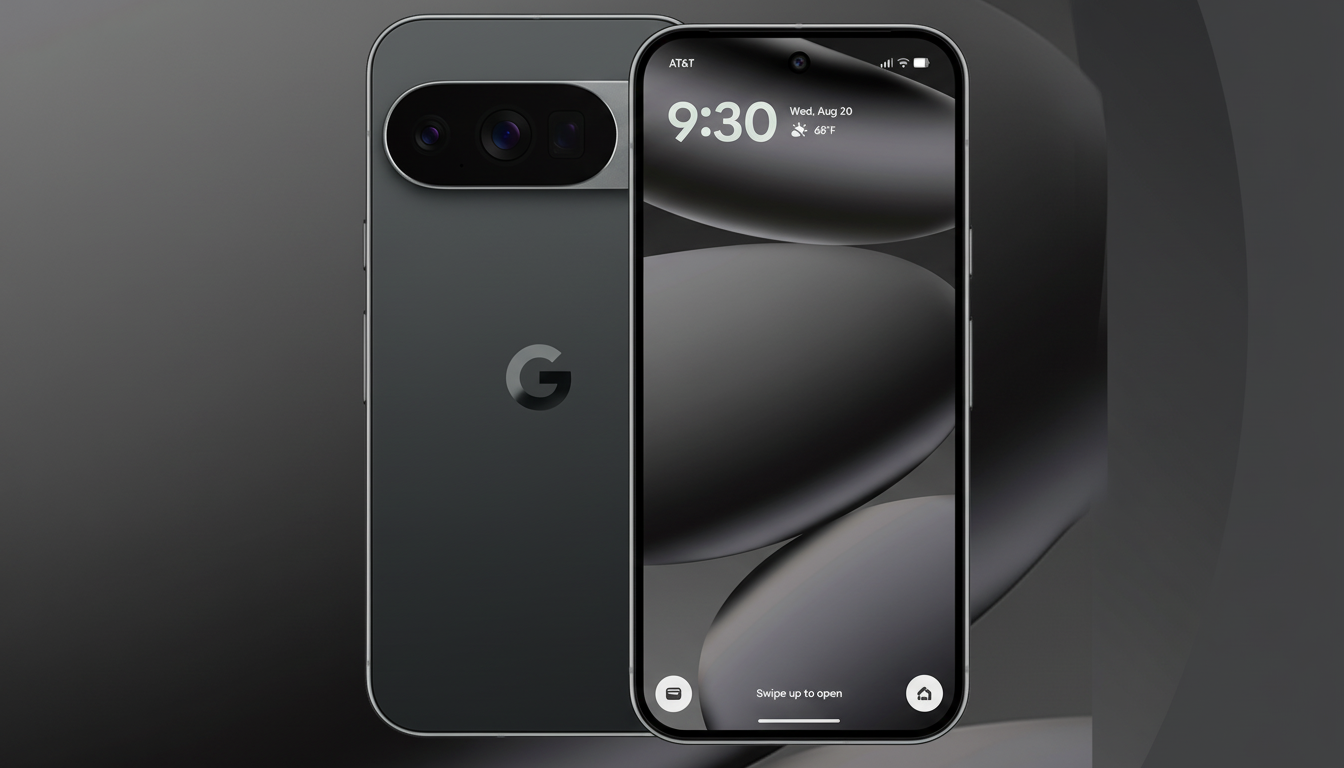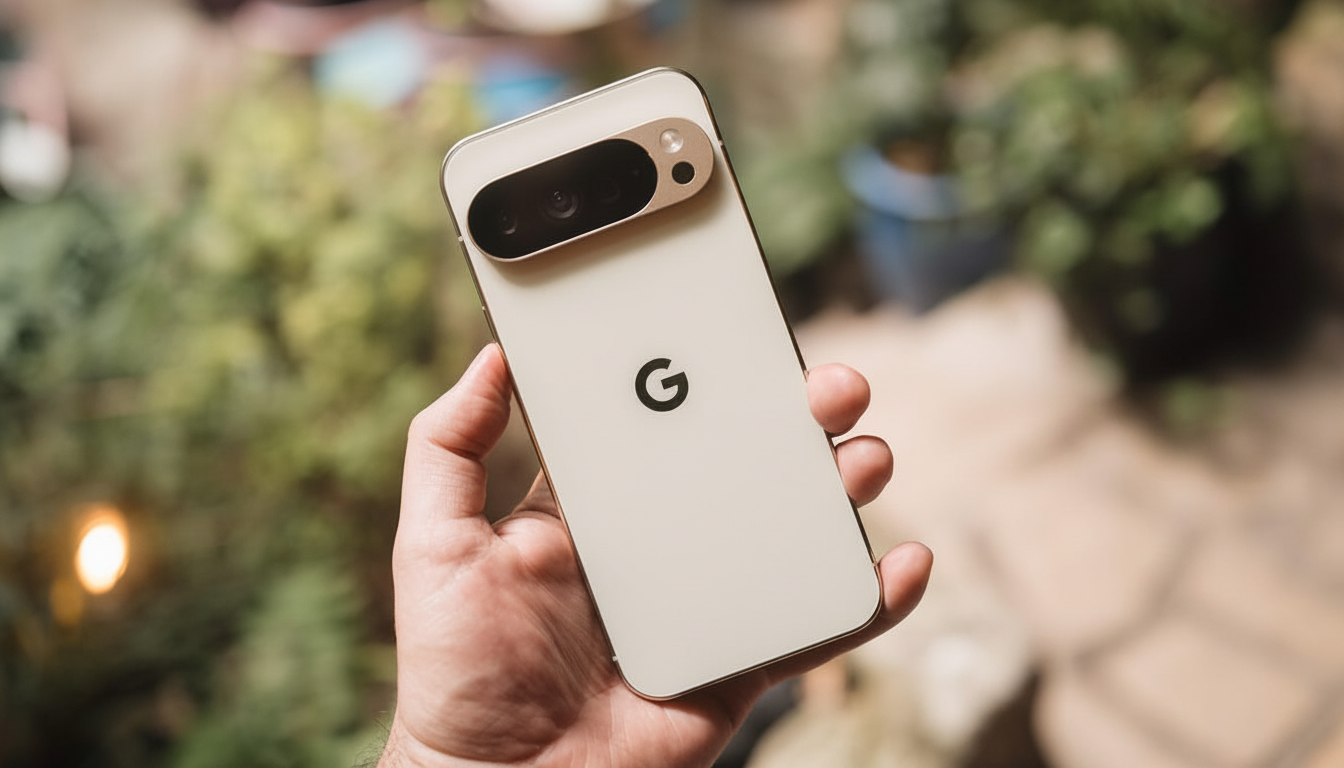The Pixel 10 Pro is a sure-footed stride forward for Google, but after weeks of alternating between them, I’m keeping my SIM in the Pixel 9 Pro. Its shiny new model is speedy, slick and stuffed to the gills with AI — but its tangible benefits feel slimmer than the hype would have you believe. At the end of the day, if I take all three factors into consideration — camera consistency, daily software experience and long-term support — toward which my mental model of phone ownership points me, then the 9 Pro still hits that sweet spot for me.
It’s not even a contrarian take on a good phone. It’s an acknowledgment that the incremental I’ll-have-what-they’re-having upgrades and still-maturing AI features don’t outweigh a proven device with years of meaningful support to come.

The Cameras Are Definitely Closer than They Appear on the Spec Sheet
On paper, the Pixel 10 Pro’s biggest leap is Super Res Zoom climbing to a mind-blowing 100x limit versus the Pixel 9 Pro’s 30x. In reality, all that extra reach is very scenario-dependent. Big, high-contrast things look dramatic; faraway people and text often do not. Soft edges, soft faces can assume a kind of cut-out appearance that somehow breaks the illusion, with an AI engine doing some heavy lifting and not yet knowing quite where it should have faith and let things be.
From the 9 Pro to the 10 Pro, Google kept largely the same wide, ultrawide, and telephoto lens hardware recipe and relied on Tensor G5 processing instead to stretch capabilities. That’s smart engineering, but it means your baseline image quality can’t be transformed overnight. You could easily see much the same rendering and detail quality of the 9 Pro if you looked closely — just with more zoom trickery and neater color science.
And speaking of color: The 10 Pro’s tones are more reliable right out of the camera, especially in mixed lighting. Still, I’ve developed muscle memory on the 9 Pro — tap to lock exposure, take the shot and nudge white balance in post. For my workflow, that trade is more dependable than gambling on long-horizon AI reconstructions I can’t always anticipate.
AI Features That Are Still Looking For A Purpose
Marquee software such as Magic Cue, Camera Coach and Daily Hub is powered by Tensor G5. All three look good on paper; none has won my trust for daily use. Magic Cue’s context prompts pop up with insufficient frequency for me to alter the way I compose my messages and emails. Camera Coach provides some useful information for those who are new to shooting, but if you already know your framing, there’s not much added. And Google has taken a similar wait-and-see approach to Daily Hub, a tacit admission that the experience could use more tuning before it becomes the focal point of a daily routine.
I’m not dismissing the promise. On-device models are getting smarter — and that is the story of the next few years. But today the delta between a 9 Pro with familiar features and a 10 Pro with inconsistent magic isn’t large enough to compel me to switch.

Real-World Value Still Goes to the Pixel 9 Pro
Thanks to expandable storage, great battery health and a real SIM slot (for when you travel), my 9 Pro is still doing just fine. eSIM uptake is growing, though roaming support continues to be sparse from carrier to carrier and country-to-country as industry group GSMA has observed. The 9 Pro just accommodates my behaviors without jumping through as many hoops.
It’s stable in thermals and performance; the display is still among the best out there. Independent blind tests from respected reviewers as well as camera labs have placed the past few new Pixels near the summit of everyday imaging, and the 9 Pro is right at home in that company. In other words, it already does the difficult things well.
Longevity And Updates Lessen Upgrade Pressure
Which is where Google’s seven-year update pledge, which began with the Pixel 8 and extends through the 9 Pro, changes everything. With much of that runway still remaining, I’m not sacrificing a phone that’ll continue to receive platform updates, nuanced new features, and security patches well into the next decade. There will be some AI tools that are Tensor G5-exclusive, but general improvements and stability fixes arrive on both generations.
The broader market reflects the patience, too. According to analysts at Counterpoint Research, the upgrade cycles for premium buyers are extending towards or beyond three years as — get this — performance plateaus and software support extends even more. When the hardware game is this strong for this long, skipping a generation makes sense — and it’s not an affair of the heart.
What Would Make Me Switch to the Pixel 10 Pro
If Google’s AI gets invisible in the best way — trustworthy, contextually present and obviously helpful — I’ll be first in line. I want long-zoom portraits that preserve human features without uncanny smoothing. I don’t need the guesswork of guessing what I am trying to do; I want assistive features that know ahead of time! A material upgrade in battery life or connectivity, or a must-have safety feature, would also be a tipping point.
For now, the Pixel 10 Pro is a great demonstration of where Google is going, and the Pixel 9 Pro makes it clear there’s no need to be in a frantic hurry to get there. I’ll pocket the savings, let the software mature and revisit when the next leap feels unmissable.

